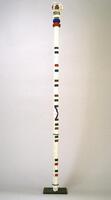21 UMMA Objects
21 UMMA Objects

Dogon (Dogon (culture or style))
Ritual Staff
20th century
Gift of Dr. and Mrs. Irving F. Burton
1975/1.69
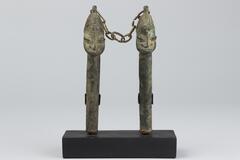
Yoruba (Yoruba (culture or style))
Pair of Staffs
20th century
Gift of Dr. James and Vivian Curtis
1997/1.336
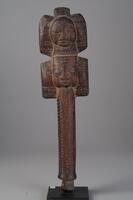
Yoruba (Yoruba (culture or style))
Dance Staff
1950 – 1999
Gift and partial purchase from the estate of Kurt Delbanco in honor of Nicholas Delbanco
2017/1.614

Senufo (Senufo (culture or style))
Staff
1945 – 1955
Gift of Margaret H. and Albert J. Coudron
2001/2.25

Luba (Luba (culture or style))
Staff
1900 – 1940
Gift of Margaret H. and Albert J. Coudron
2001/2.76

Yaka (Yaka (Kwango-Kwilu region style))
Staff
1933 – 1966
Gift of Margaret H. and Albert J. Coudron
2001/2.19

Yoruba (Yoruba (culture or style))
Dance Staff
1950 – 1999
Gift and partial purchase from the estate of Kurt Delbanco in honor of Nicholas Delbanco
2017/1.613
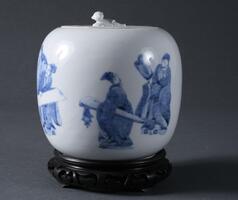
Japanese (Japanese (culture or style))
Hirado ware water jar (mizusashi)
19th century
Gift of Ellen and Richard Laing
2006/2.51A&B
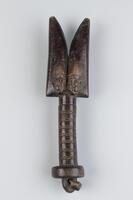
Yoruba (Yoruba (culture or style))
Dance Staff
1901 – 1999
Gift of Margaret H. and Albert J. Coudron
2001/2.22
Loading…


